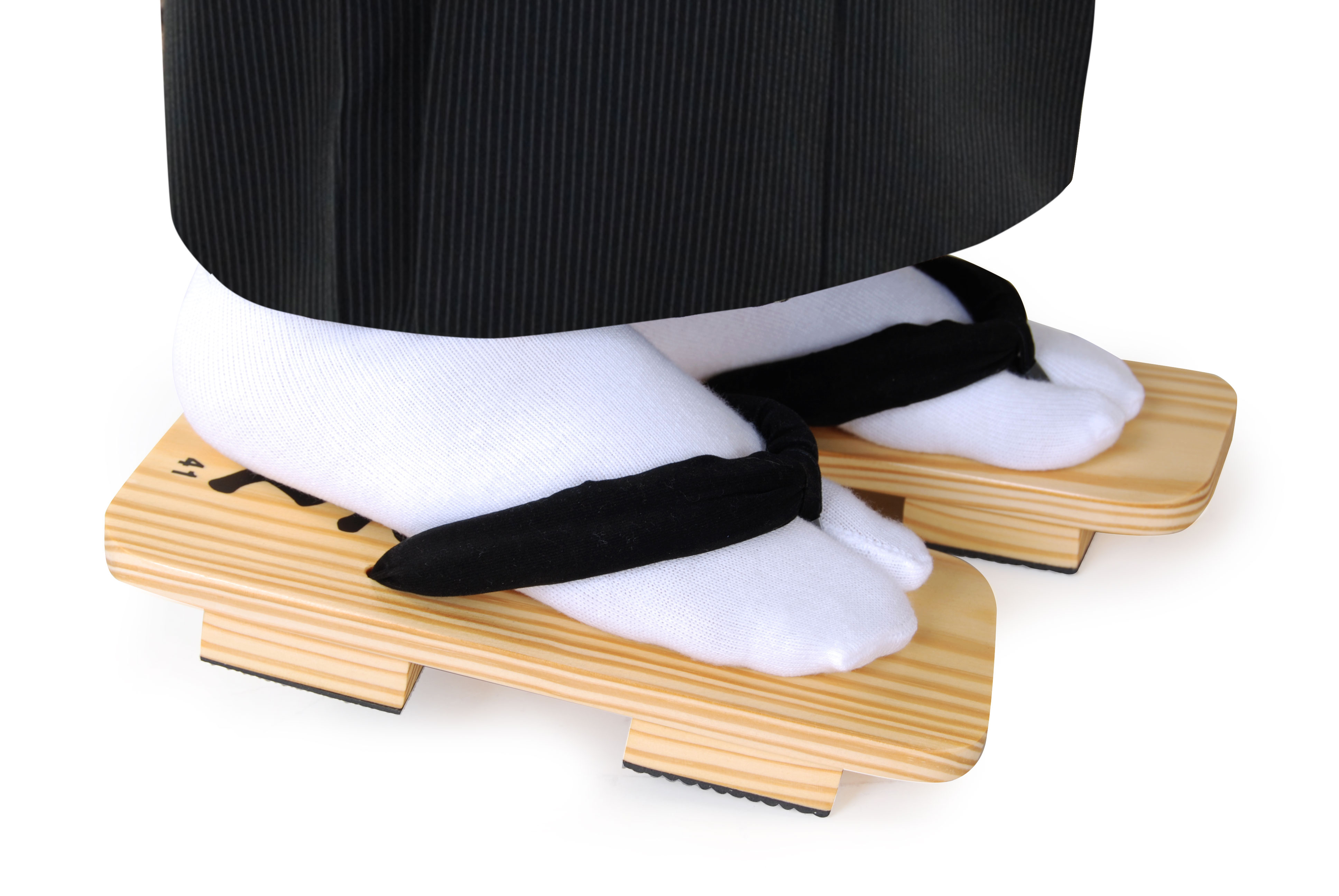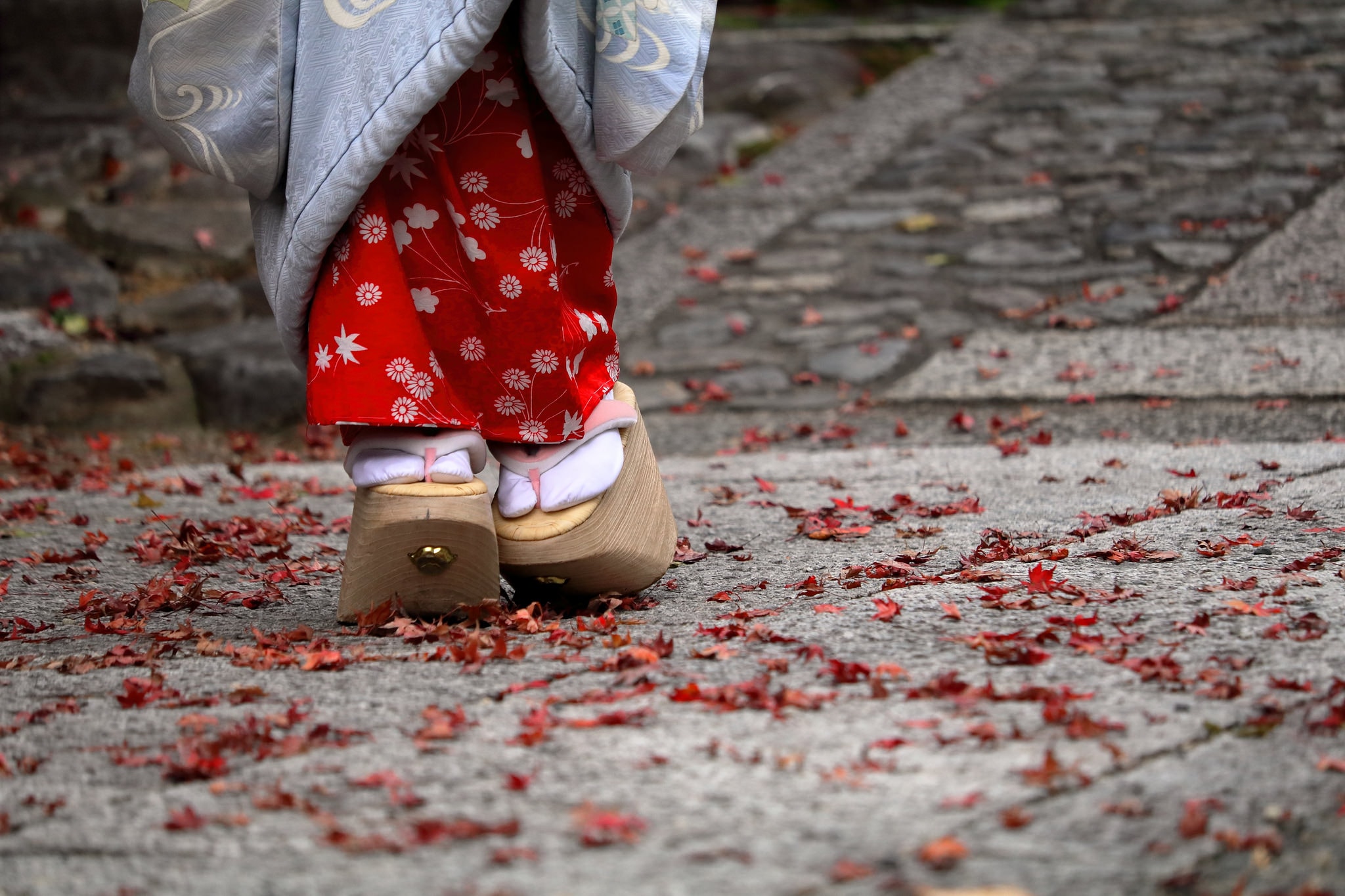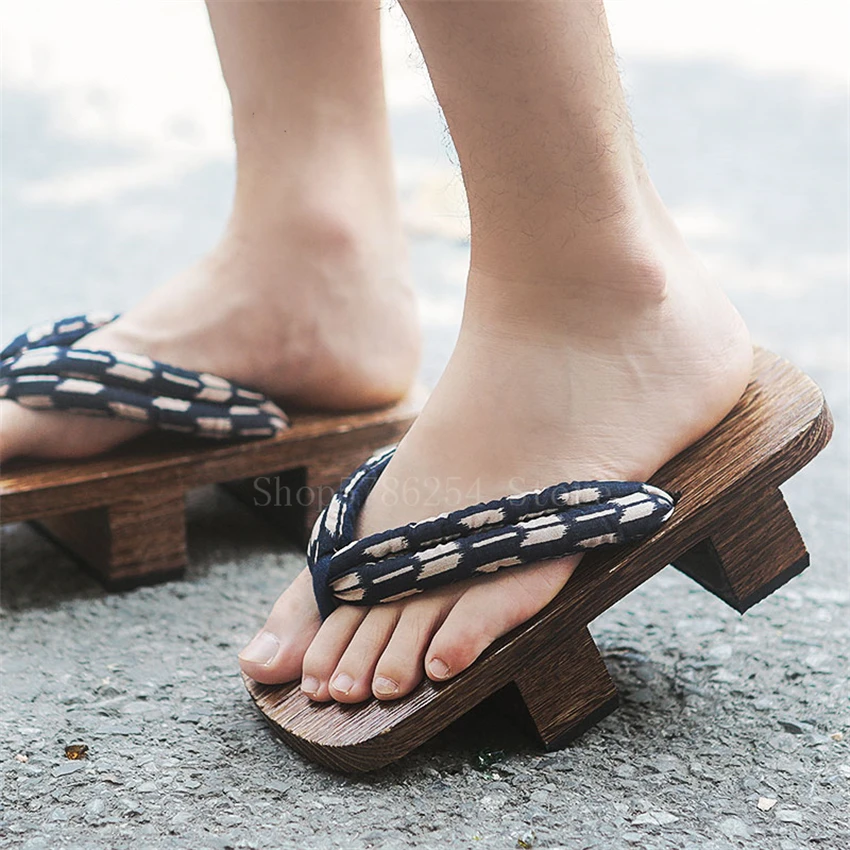Samurai Japanese Wooden Shoes

Ropes made from the same material wrap around the ankles and bind the sole securely to the foot.
Samurai japanese wooden shoes. Geta are an elevated wooden sandal with teeth on the bottom. Related video shorts 0 upload your video. 3 6 out of 5 stars 38. Shoes jewelry see top 100 in clothing shoes jewelry 5298302 in women s shops 28793 in women s flat sandals.
Zooboo women japanese geta wooden flip flop cartoon floral print cosplay samurai wood sandals clog slippers shoes. Westerners often identify this shape as ninja shoes. These sandals can also be worn with tabi the traditional japanese split toe socks. Waraji are sandals woven from straw.
A japanese edo period wood block print of various types of men yoroi or mengu facial armour. Make offer japanese samurai sword katana fultang katana 1095 high carbon stee wooden katana sword wooden stand black samurai ws 201 4560422711527 317x406x150mm 26 62. 4 5 out of 5 stars 8. Black lacquer size fit for.
During the edo period samurai and commoners alike wore these practical shoes. Traditional japanese shoes are mostly variations of thong sandals. Hand made in japan material. 4 8 out of 5 stars 49.
Geta are raised wooden clogs that are worn with the informal yukata. 1 9 out of 5 stars 2 ratings. G 066 japanese wooden geta sandals japanese woman s traditional wooden lacquered shoes geta for kimono and yukata made of very light pauwlonia wood with traditional design and cotton fabric straps. Kyoetsu men s japanese wooden geta sandals brown.
Zori are sandals made from rice straw or lacquered wood and are worn with a kimono for formal occasions. Japanese style wooden sandals geta with black straps 1 9 out of 5 stars 2 ratings. Ozu castle in southern japan is one of only a few timber castles still standing in the country and is the only samurai castle where travelers can spend the night. Geta are a form of traditional japanese footwear resembling flip flops they are a kind of sandal with a flat wooden base elevated with up to three prongs held on the foot with a fabric thong which keeps the foot above the ground.
The most traditional material is rice straw. Traditional japanese footwear is not seen that often these days as is usually only worn with other traditional clothing. They resemble shoes that were historically worn by samurai farmers and laborers.


-Step-13.jpg)















